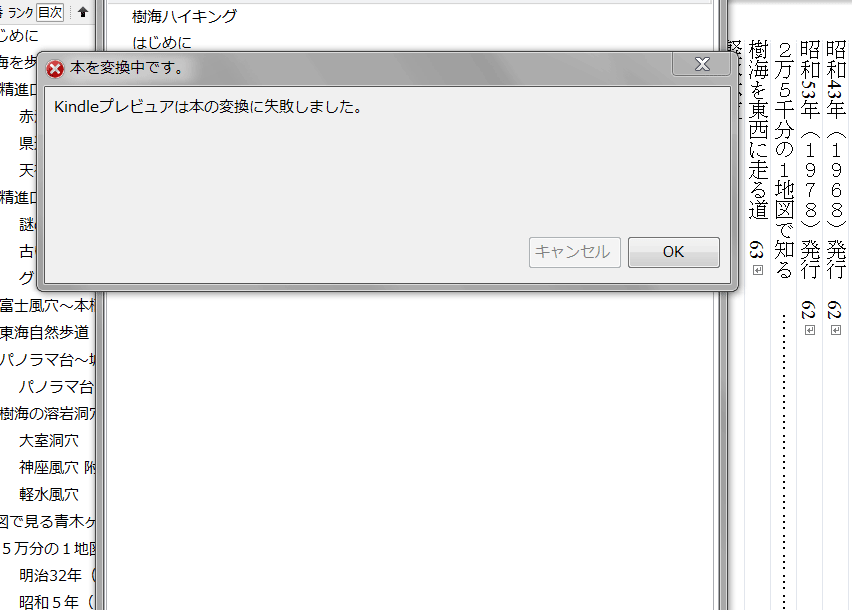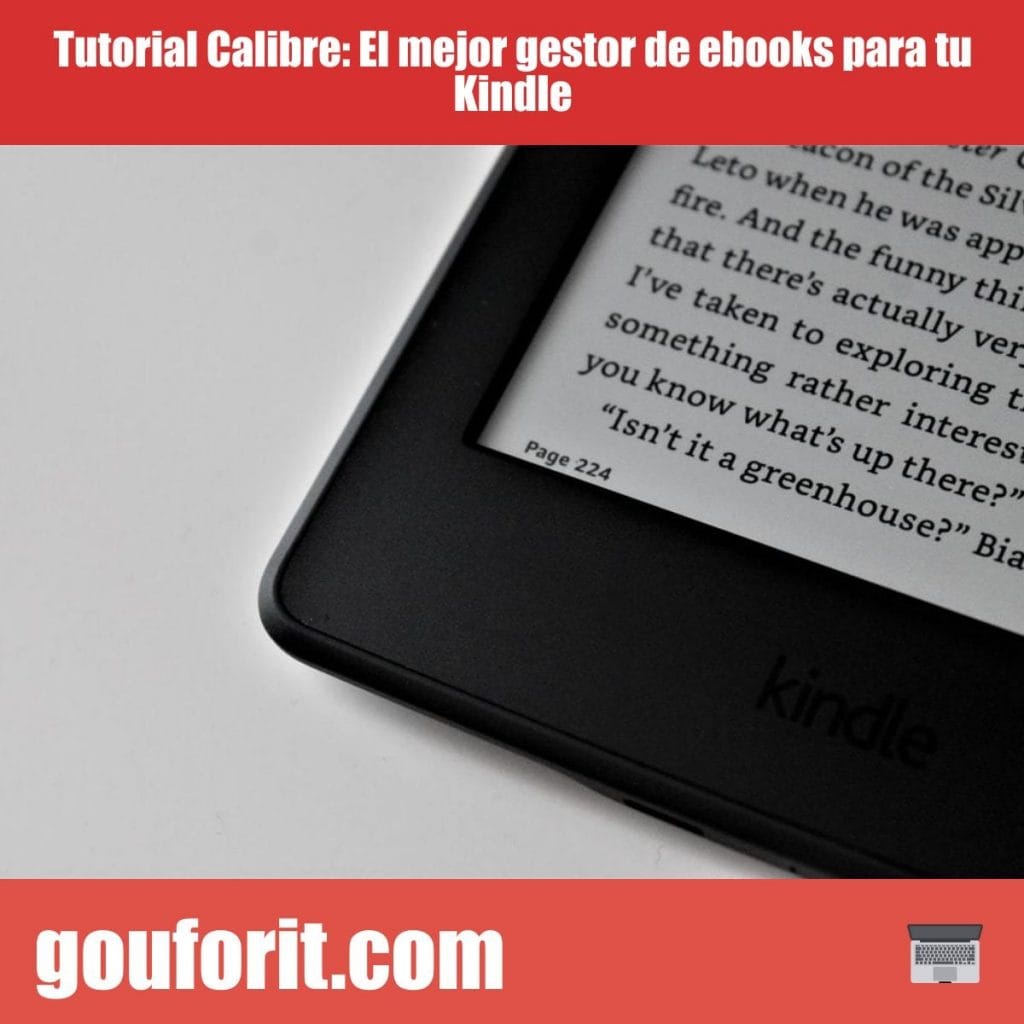
Changes are made using a new KFX editor with limited functionality.
CALIBRE KINDLE PREVIEWER ERROR CODE
Much of the conversion and previewing code seem to be borrowed from Kindle Previewer 3. The Word file is converted to KFX on import. Internally, the program uses the KPF file format, which is KFX data stored in a SQL database. There are no further export options, which could be a problem if you want to publish the same book as an EPUB (of course, Amazon probably considers this to be a positive.) You can preview the KPF file using Kindle Previewer or upload it to KDP.Īs Howell explains, looking behind the scenes at how the program works may provide some information on the direction Amazon is going with the Kindle platform.
CALIBRE KINDLE PREVIEWER ERROR ARCHIVE
So, when you export, you will see a KPF (Kindle Package Format) file which is, in truth, a zipped archive of the book folder. There’s a label that shows if enhanced typesetting has been enabled.) However, only KFX supports the enhanced typesetting option (you can tell if a book has been updated to the new format by looking on the book’s description page at Amazon. azw formats), and now the KFX format, most Kindle ebooks come in AZW, AZW3, MOBI and PRC formats. Even though Kindle has several formats including KF7 (the original. This includes a new Bookerly font custom made for Kindles and a new typesetting and layout engine that adds things like hyphens, ligatures, and improved word spacing.

Kindle Create uses Amazon’s proprietary format called KFX. One other problem with an otherwise fine product is its non-existent export capabilities. Which means you may have to experiment a bit and, perhaps, even manually change all tabs in the document to ensure perfect indentation and consistency throughout your manuscript. You can manually enter a number to indicate how far indented you’d like your tab in Kindle Create but there seems to be little correlation between the actual number and the indentation: 1.85 can result in a greater indent than, say, 3. Word has the annoying tendency of not always formatting these as it should. Books with lots of images and complex formatting, such as a textbook, travel book, or cookbook.Comics or graphic novels of low complexity, and.Text-heavy books, such as a novel, essay, or memoir,.

Kindle Create aims to eliminate all these, providing a single platform for the creation of any kind of book such as: In short, it’s a breeze to use.įurthermore, you can preview how your book will look when using the new enhanced typesetting and the Page Flip engine on Kindle e-readers and Kindle apps.įinally, in the past, Amazon has released a number of tools you can use to make Kindle ebooks, including an epub conversion tool as well as Kindle Kids Book Creator, Kindle Textbook Creator, and Kindle Comics Creator.

A similar set of Elements exists for the book body, and the book start and end pages.Įven better, you can format individual chunks of text and insert images, page breaks, and entire new chapters. These include the book title, subtitle, author name etc. When you select a paragraph, you can apply a number of ready-made templates on it, called Elements. I recently used Kindle Create to format a couple of documents and it was a pleasure to use:


 0 kommentar(er)
0 kommentar(er)
